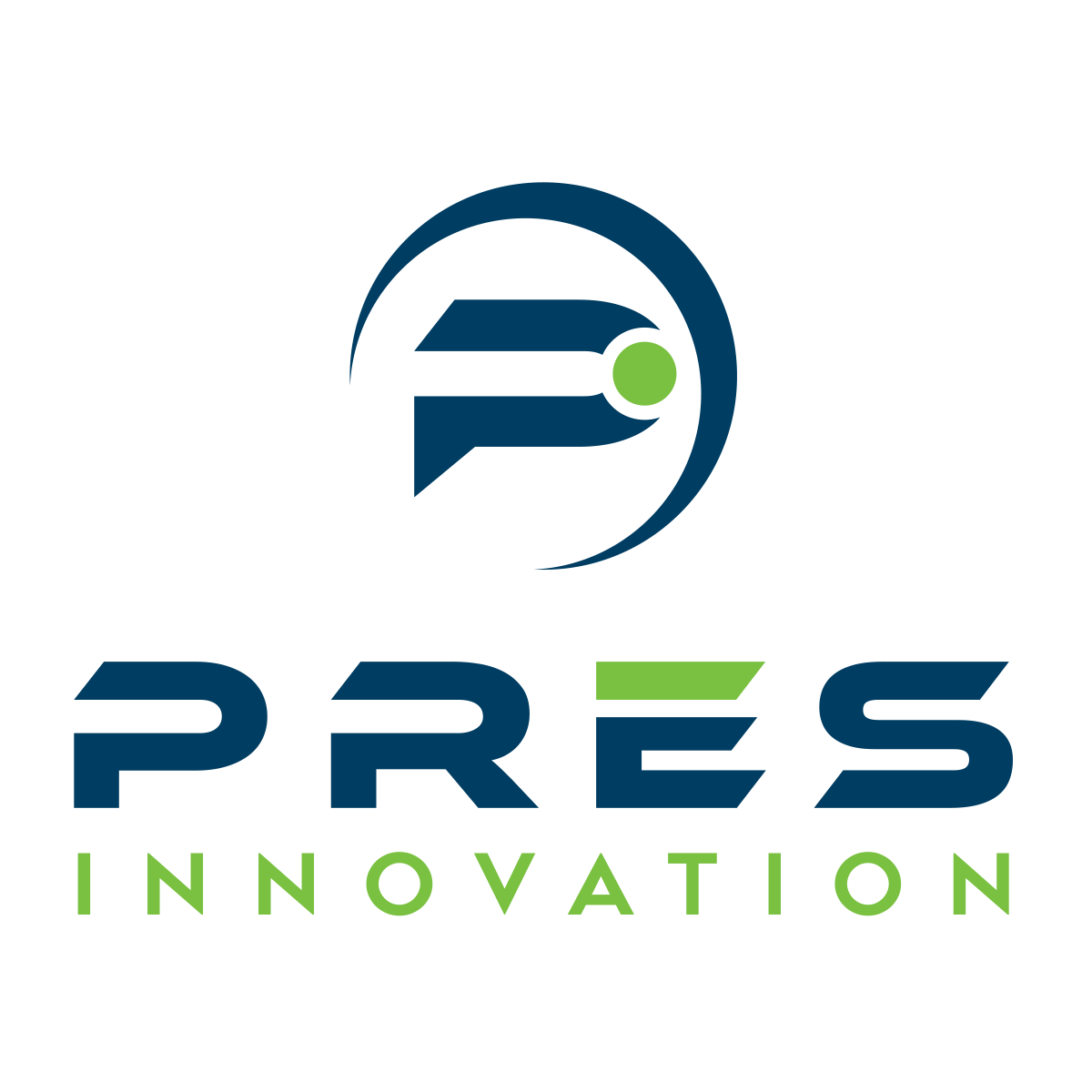
Case Study:
After-sales Marketing Analytics & Attribution
Achieving End-to-End Attribution and ROI Measurement for a major OEM’s Aftersales Marketing
-
Challenge
Traditional marketing attribution for Aftersales at a major OEM traditionally relied on VIN matching direct communications to known customers with repair orders within 90 days. This correlation-based method lacked proof of causation, particularly where small audience sizes limited statistical significance. Test-assess-improve cycles were unacceptably lengthy at 6-8 months, hindering effective optimization. VIN matching was also impossible for non-direct communications targeting orphaned customers without known VIN and other tracking identifiers were lost at the point when customers clicked to dealers’ online appointment scheduling tools, provided by a wide range of vendors.
-
Approach
Website analytics offered a partial solution for measuring certain responses, such as marketing email clicks. PRES Innovation directed the OEM's marketing agency to channel more customer responses through the national website instead of directly linking to dealer Online Appointment Booking (OLAB) systems. Ensuring every inbound website click had parameters to identify the originating communication was crucial. To address the connection between website visits and repair orders being lost when customers navigated to dealer OLAB tools or websites, collaboration with vendors would be needed to preserve this link. It would also be crucial to centralize control over web analytics and tagging by using Google Analytics and Tag Manager accounts owned by by the OEM.
-
Solution
PRES Innovation worked to ascertain OLAB vendor capabilities for sharing identifiers to link website activity with appointment creation, and in some cases, to repair orders. This also enabled attribution and measurement for both paid and unpaid initiatives targeting "orphaned owners"", i.e. customers who purchased their vehicles used and could not be reached via direct marketing. Custom modules were created within the OEM’s Google Tag Manager containers to translate session/attribution identifiers into vendor-supported formats, accommodating the varying specifications of each vendor. For dealers without supported OLAB vendors, dynamic number insertion (call tracking) vendors were engaged to pass session/attribution identifiers at phone number insertion, sending an event to the Google Analytics Measurement Protocol API upon call completion. QR codes and trackable phone numbers were added to printed communications for comprehensive tracking. Collaboration with the website vendor led to a redesign of dealership points of contact to capture customer intent (e.g., scheduling service vs. purchasing tires) and prioritize measurable dealer contact channels, with updated tagging to record all details.
-
Results
The OEM and its agencies now possess clear visibility into marketing communication effectiveness in driving customer responses. End-to-end attribution tracking provides definitive proof of communication-driven transactions, including transaction amounts for accurate ROI calculation. Utilizing this data, the OEM has achieved significant savings, redirecting or eliminating ineffective programs, saving hundreds of thousands of dollars. Digital marketing effectiveness has steadily increased through data-driven optimization. The cycle for optimizing ad campaigns and direct communications has been dramatically reduced from months to days, enabling rapid and iterative improvements.
